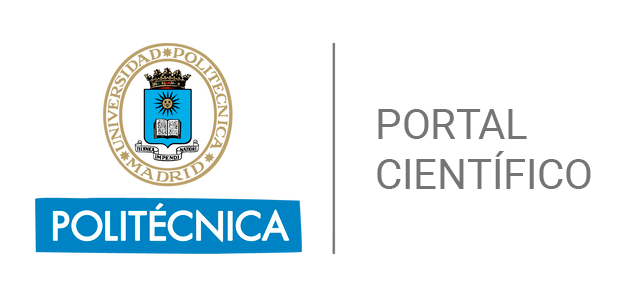
Indexado en
Licencia y uso
Citaciones
Grant support
This publication is part of the project TED2021-131345B-100, founded by MCIN/AEI/10.13039/501100011033 and by European Union "NextGenerationEU"/PRTR". Goniometry and AFM measurements were performed by the ICTS "NANBIOSIS," specifically by the U16 Unit: "Surface Characterization and Bacterial Colonization" of the CIBER in Bioengineering, Biomaterials and Nanomedicine (CIBER-BBN). We also appreciate the technical and human support provided by the Facility of Analysis and Characterization of Solids and Surfaces of SAIUEx, which is financed by UEX, Junta de Extremadura, MICINN, FEDER, and FSE. We also extend our sincere gratitude to the editor and reviewers for their time and dedication in reviewing our manuscript. Their valuable insights and constructive feedback have greatly contributed to enhancing the quality and clarity of our work, and we appreciate their efforts in supporting the development of this research.
Análisis de autorías institucional
Luque-Agudo, VeronicaAutor o CoautorToward sustainable PLA films by replacing chloroform for the green solvent dimethyl carbonate
Publicado en:Surfaces And Interfaces. 59 105843- - 2025-02-15 59(), DOI: 10.1016/j.surfin.2025.105843
Autores: Maldonado-Illescas, Maria del Pilar; Casares-Lopez, Juan Manuel; Gonzalez-Martin, Maria Luisa; Gallardo-Moreno, Amparo Maria; Luque-Agudo, Veronica
Afiliaciones
Resumen
Biodegradable polymers and advanced recycling methods are being researched to address the pressing issues of plastic waste and environmental degradation. Green Chemistry, a discipline prioritizing contamination prevention, plays a crucial role in developing sustainable practices. This research focuses on the substitution of chloroform, a traditional solvent, with dimethyl carbonate (DMC), a green solvent, for the fabrication of polylactic acid (PLA) films using solvent casting methodology. The suitability of DMC was assessed by comparing the physicochemical properties of films of amorphous (a-PLA) and semicrystalline (c-PLA) prepared on glass and silicone substrates. DSC revealed differences in glass transition temperature and crystallinity between films cast with different solvents and substrates. XRD indicated that c-PLA films crystallized in the alpha phase, with variations in crystal size, lattice parameters, and spatial arrangement depending on the substrate and solvent. Contact angle measurements revealed that c-PLA films on silicone exhibited significantly higher hydrophobicity compared to those on glass, which may be attributed to the outward orientation of non-polar groups influencing hydrophobic behavior. AFM showed that c-PLA films cast with DMC on glass had the highest surface roughness. These findings underscore the importance of solvent choice in the structural and surface properties of PLA films and their environmental impact, highlighting the potential of DMC as a sustainable alternative to traditional solvents. The results suggest that using DMC not only improves the physicochemical properties of PLA films but also promotes environmentally friendly practices in polymer fabrication, paving the way for more sustainable material development in various industrial applications.
Palabras clave
Indicios de calidad
Impacto bibliométrico. Análisis de la aportación y canal de difusión
El trabajo ha sido publicado en la revista Surfaces And Interfaces debido a la progresión y el buen impacto que ha alcanzado en los últimos años, según la agencia WoS (JCR), se ha convertido en una referencia en su campo. En el año de publicación del trabajo, 2025, se encontraba en la posición 4/23, consiguiendo con ello situarse como revista Q1 (Primer Cuartil), en la categoría Materials Science, Coatings & Films.
Impacto y visibilidad social
Análisis de liderazgo de los autores institucionales
Existe un liderazgo significativo ya que algunos de los autores pertenecientes a la institución aparecen como primer o último firmante, se puede apreciar en el detalle: Último Autor (LUQUE AGUDO, VERONICA).